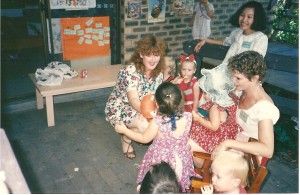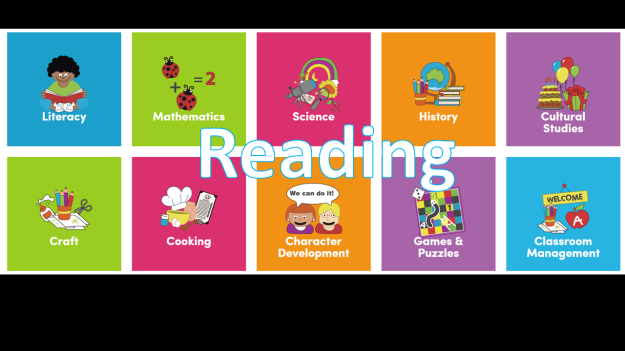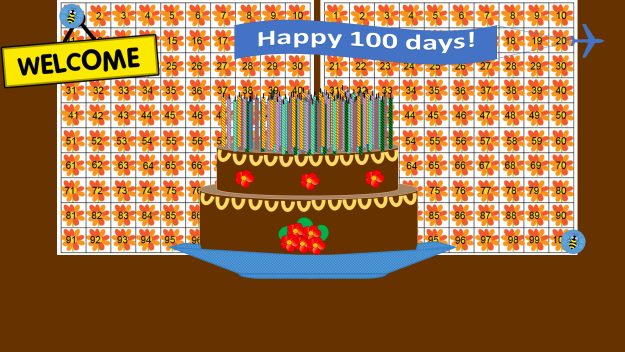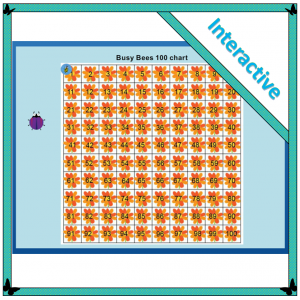
I am a fan of creativity. I like to develop my own creativity, and I like to encourage the development of creativity in others.
One thing I always loved about teaching was the opportunity it gave me to be creative: writing stories, units of work, and lessons plans to interest and excite the children about learning. It is this love that drives me to write my blog posts each week, and to create new early childhood teaching resources for readilearn nearly every week.
Just as exciting was the opportunity to support the development of children’s thinking, imagination, and creativity. I am more in favour of treating children as individuals, than as one of a homogeneous group from which any difference is considered an aberration. After all, imagination and creative thinking are what inspire and drive improvement, innovation and progress.
I affirm my belief in the power of creativity in my tagline: ‘Create the possibilities . . .’, a tagline I previously used for an independent school I was establishing.

Preceding both was my first independent undertaking: Create-A-Way. Create-A-Way provided a richer educational and social setting for my young daughter than what was generally available, allowed me to share my educational philosophy and knowledge, and provided the same rich learning opportunities for other children and their parents. The development of imagination and creativity was a focus.

Guiding parents in play sessions for parents and children.
One of the things I love most about responding to the weekly flash fiction challenges set by Charli Mills at the Carrot Ranch is the additional opportunity to engage in something creative and to hone my writing skills. The supportive environment of a welcoming community makes it a safe and enjoyable experience. There is something affirming about belonging to a community of other creatives, online or in -person.

On Saturday I, along with a whole bunch of other women creatives, attended an excellent Book Marketing Masterclass conducted by authorpreneur Karen Tyrrell. (I am looking forward to interviewing Karen for the Author Spotlight series on readilearn in March.) The class was attended by writers of a variety of genres; including memoir, romance, science fiction, fantasy, YA, and picture books.
One of the attendees Chrissy Byers has created a lovely picture book The Magic in Boxes which “aims to capture the imagination of young readers and inspire creative play.”
Not only does the book suggest ways of stimulating creativity using recycled materials such as cardboard boxes, the book is made from recycled paper. I think that’s pretty awesome. It’s a beautiful book with a wonderful aim.

For a little more on creativity; in a previous post, Are you a lemon or a grapefruit? I shared ten articles about creativity. They are still relevant and worthy of a read if you haven’t yet done so.
I also shared one of my favourite TED talks by Sir Ken Robinson How schools kill creativity. If yours is not yet one of the over 41 million views, I urge you to watch it. As well as sharing a very important message, Ken is hugely entertaining.
I hope I have convinced you of the importance and power of creativity. I thank Charli and her flash fiction prompt for the opportunity of revisiting some of my favourite articles and talks about creativity. This week her challenge is to “In 99 words (no more, no less) write a story using the theme, “women create.” It can be art, sewing, ideas, babies. What is at the heart of women as creators? Go where the prompt takes you.”
I’m a woman, and I create, and education is in my heart.
In response to Charli’s challenge, I thought I’d get a little dirty. I hope you like it.
Prize pies
“Life’s not on a plate. It’s what you create.”
Two little girls in their Sunday best
Snuck outside when they should have been at rest;
Splashed in the puddles, laughed in the rain,
Shared mud pies and murky champagne.
Two young girls with flour in their hair
Climbed on the bench from the back of a chair;
Opened up the cupboards, emptied out the shelves,
Less in the bowl and more on themselves.
Two young women watching TV
Decide master chefs are what they will be;
Enter the contest, invent new pies,
Wow the judges and win the prize.

Thank you for reading. I appreciate your feedback. Please share your thoughts.


















